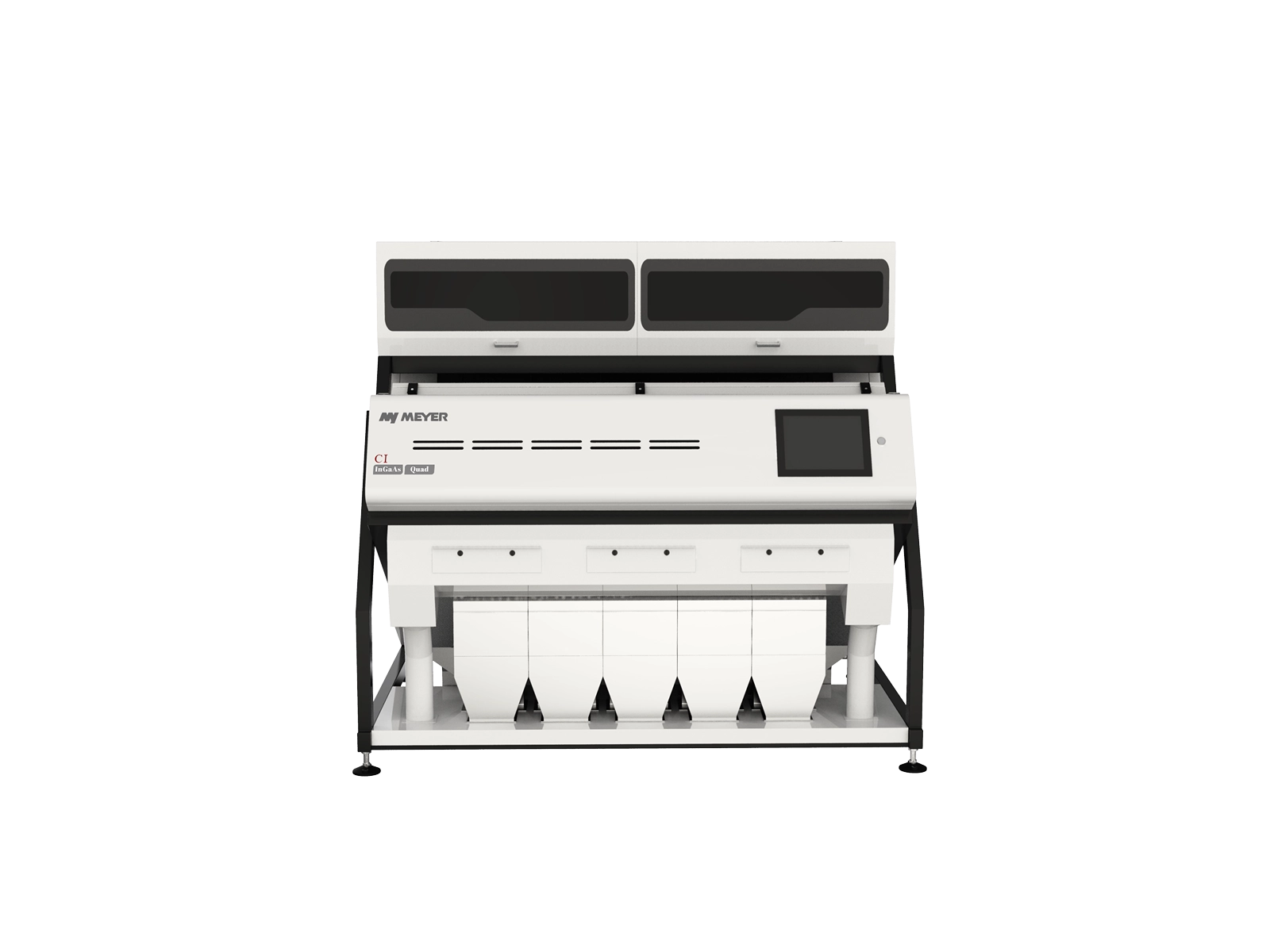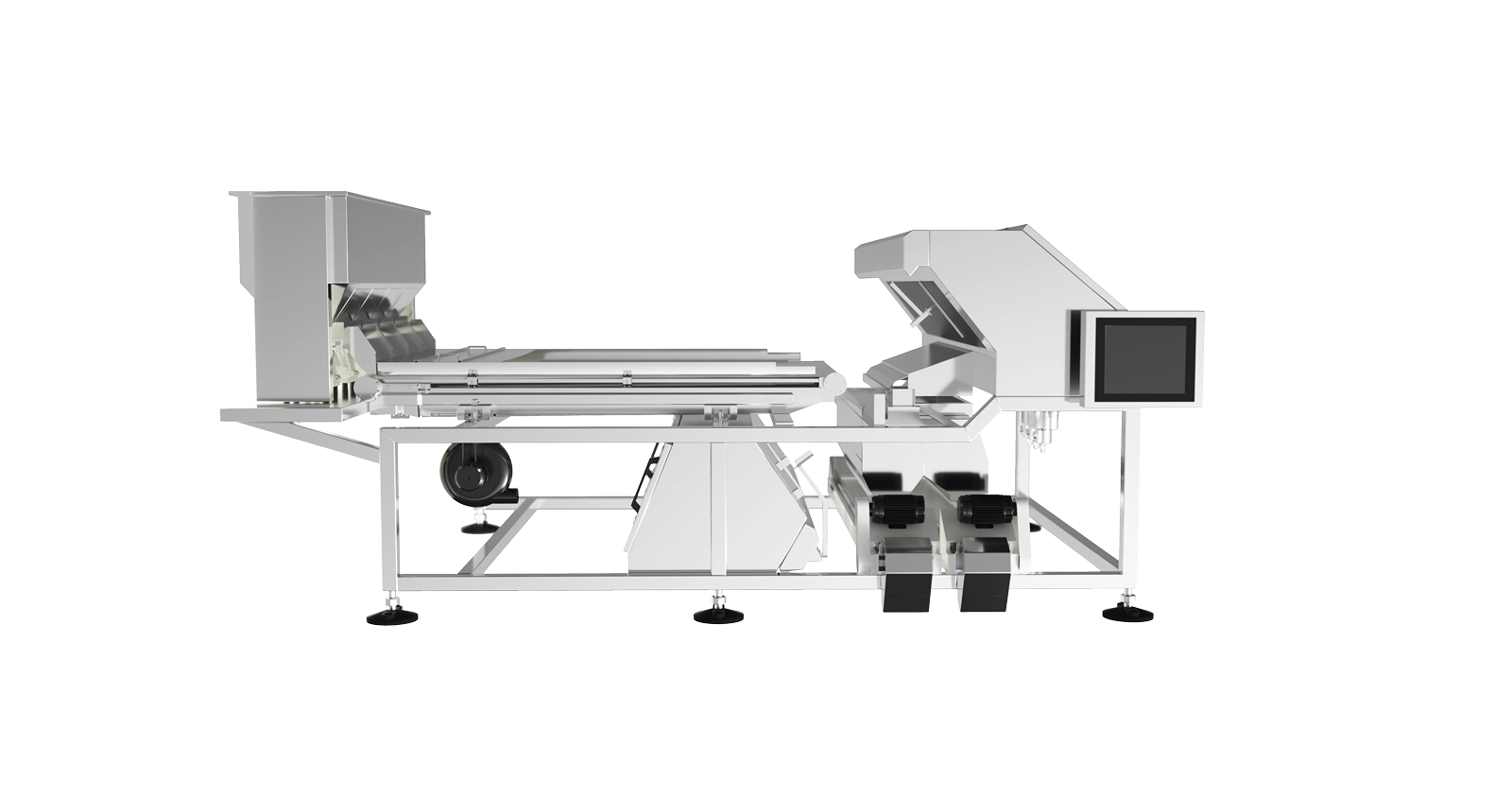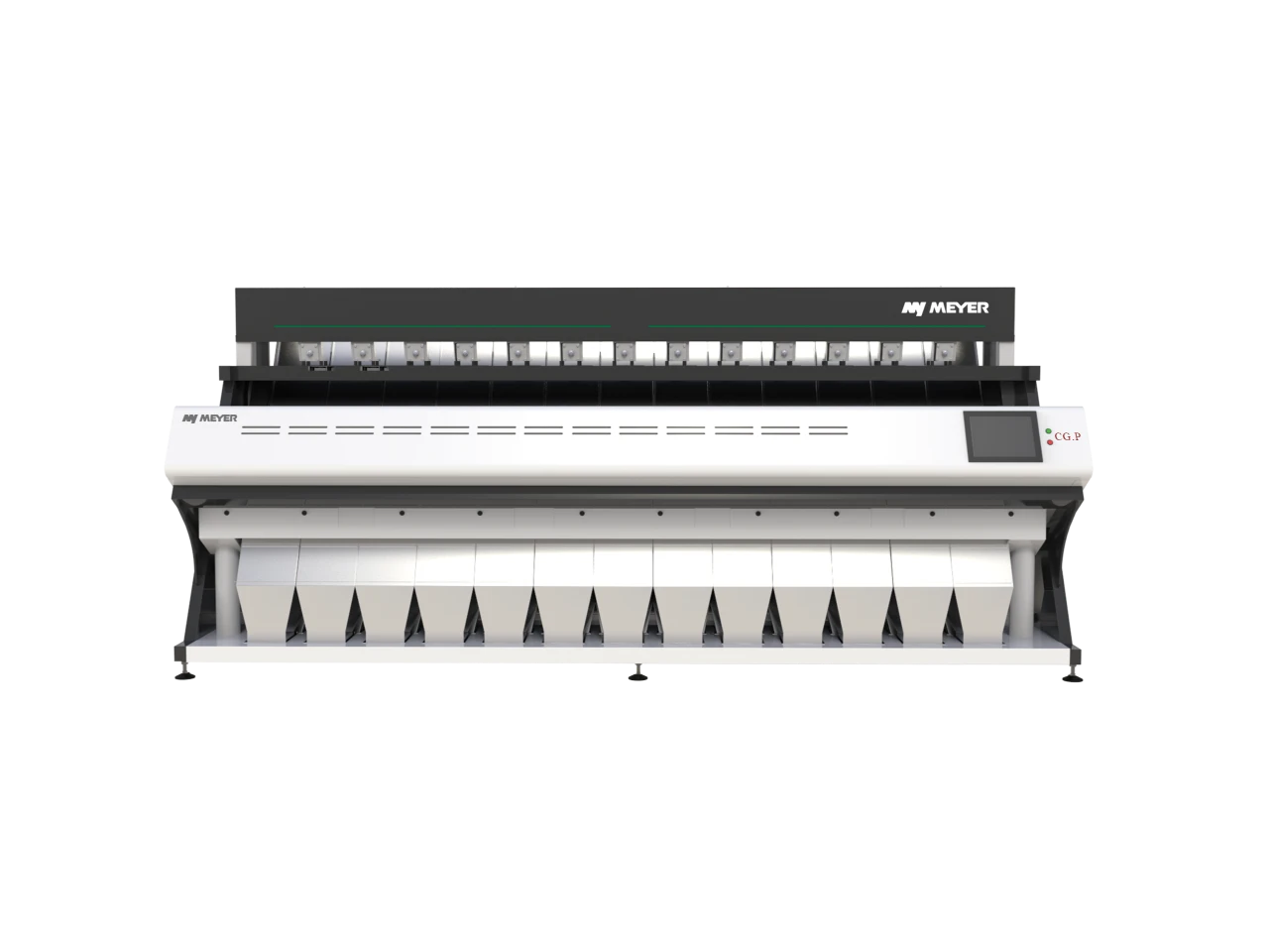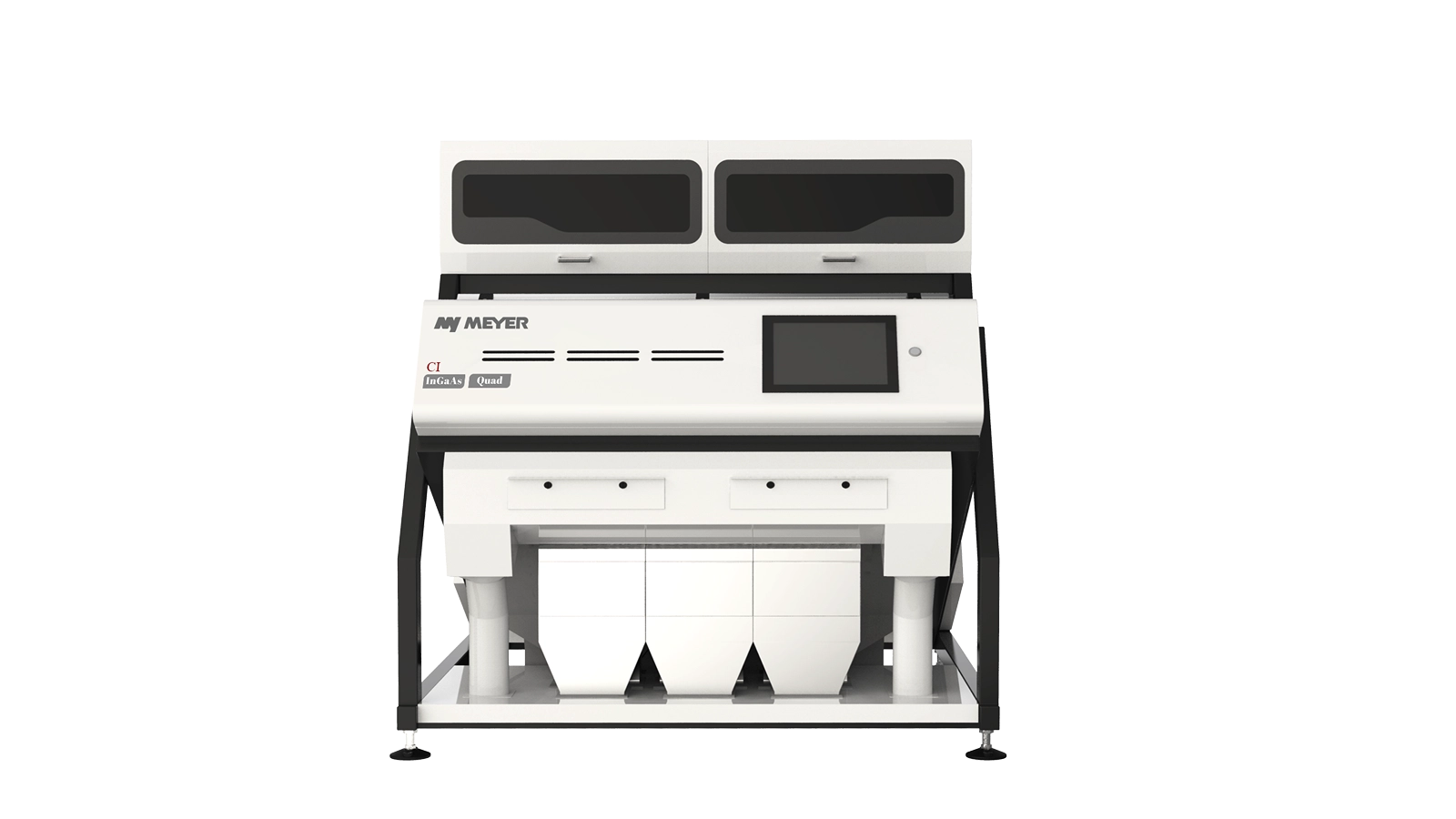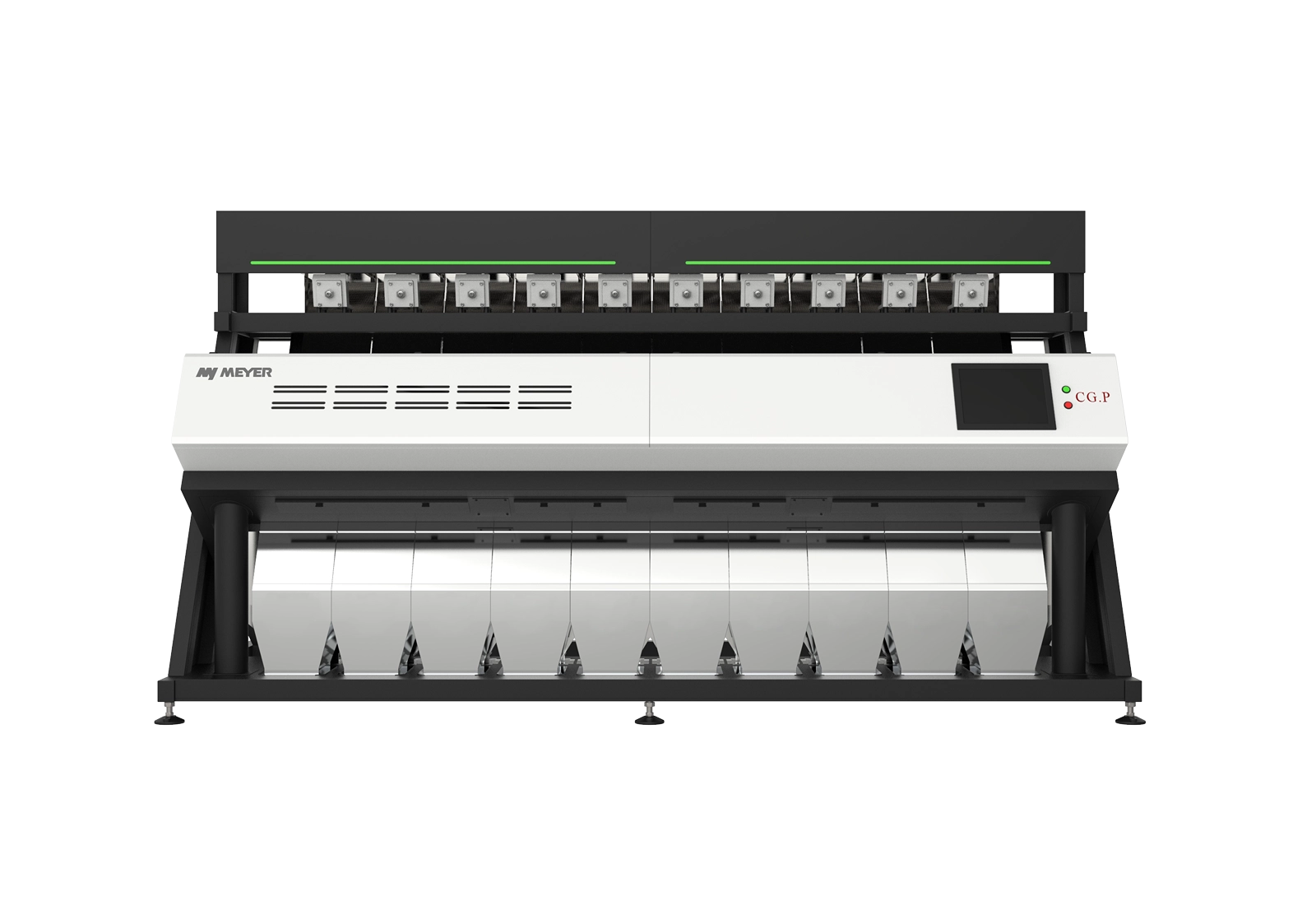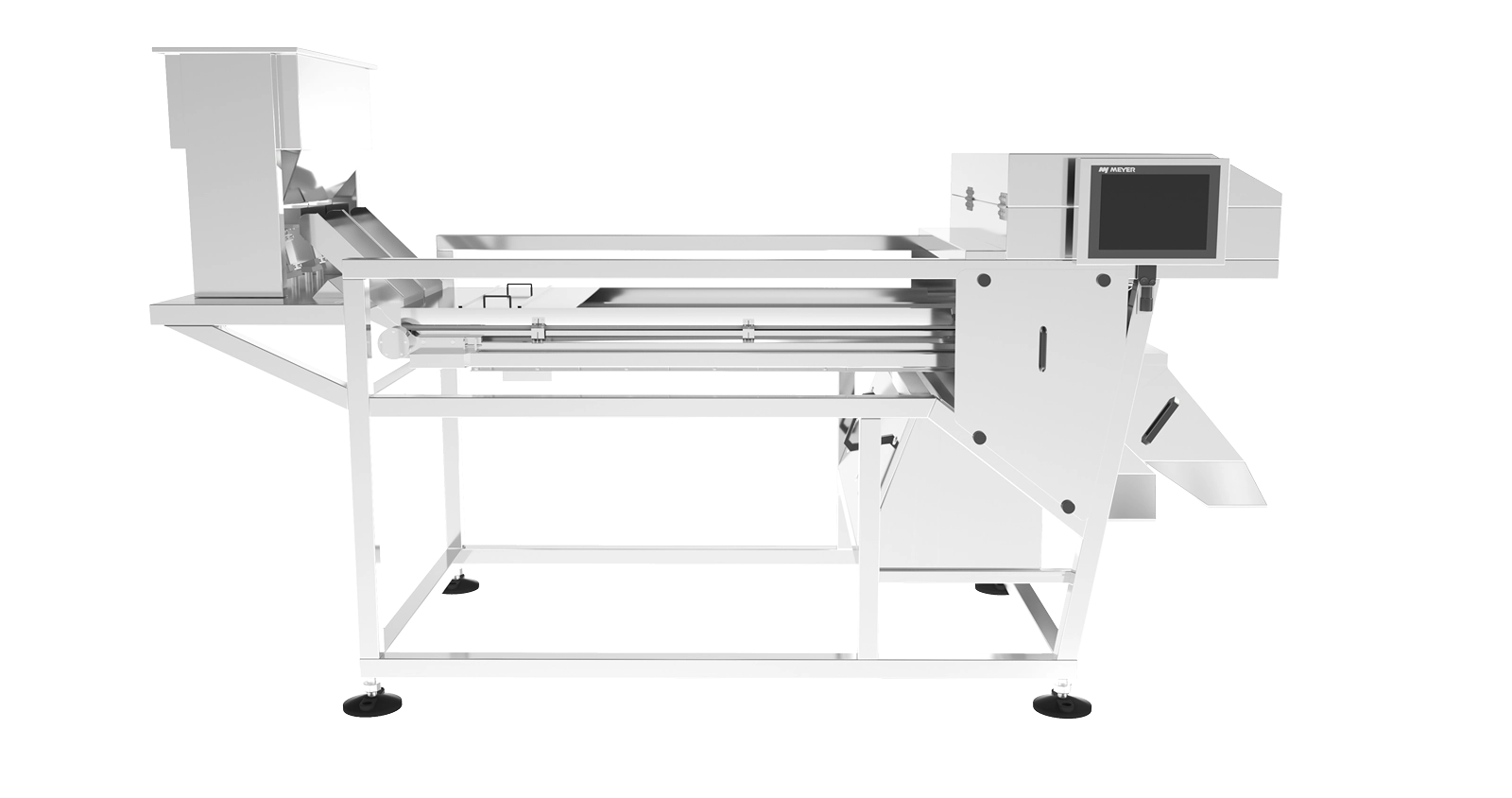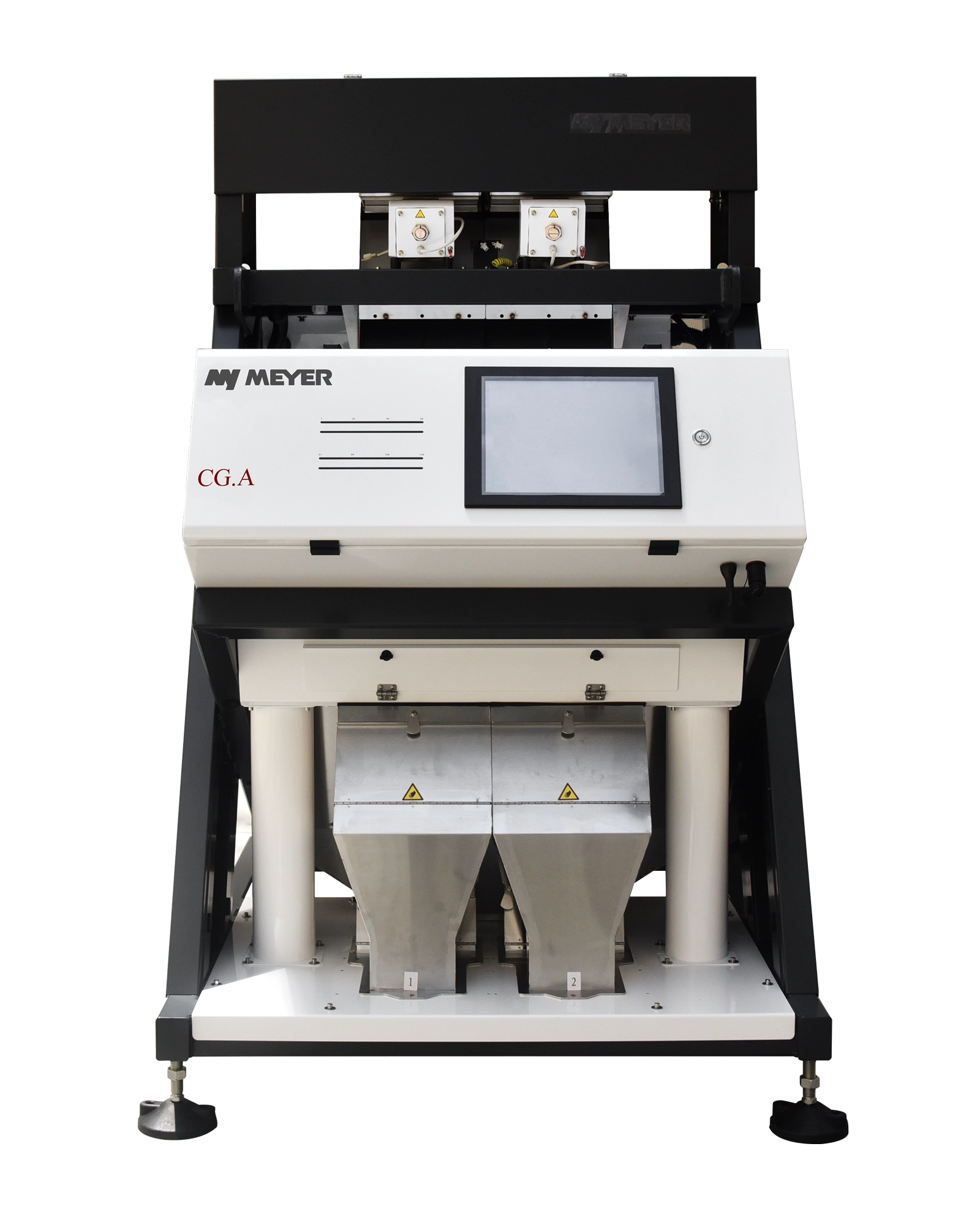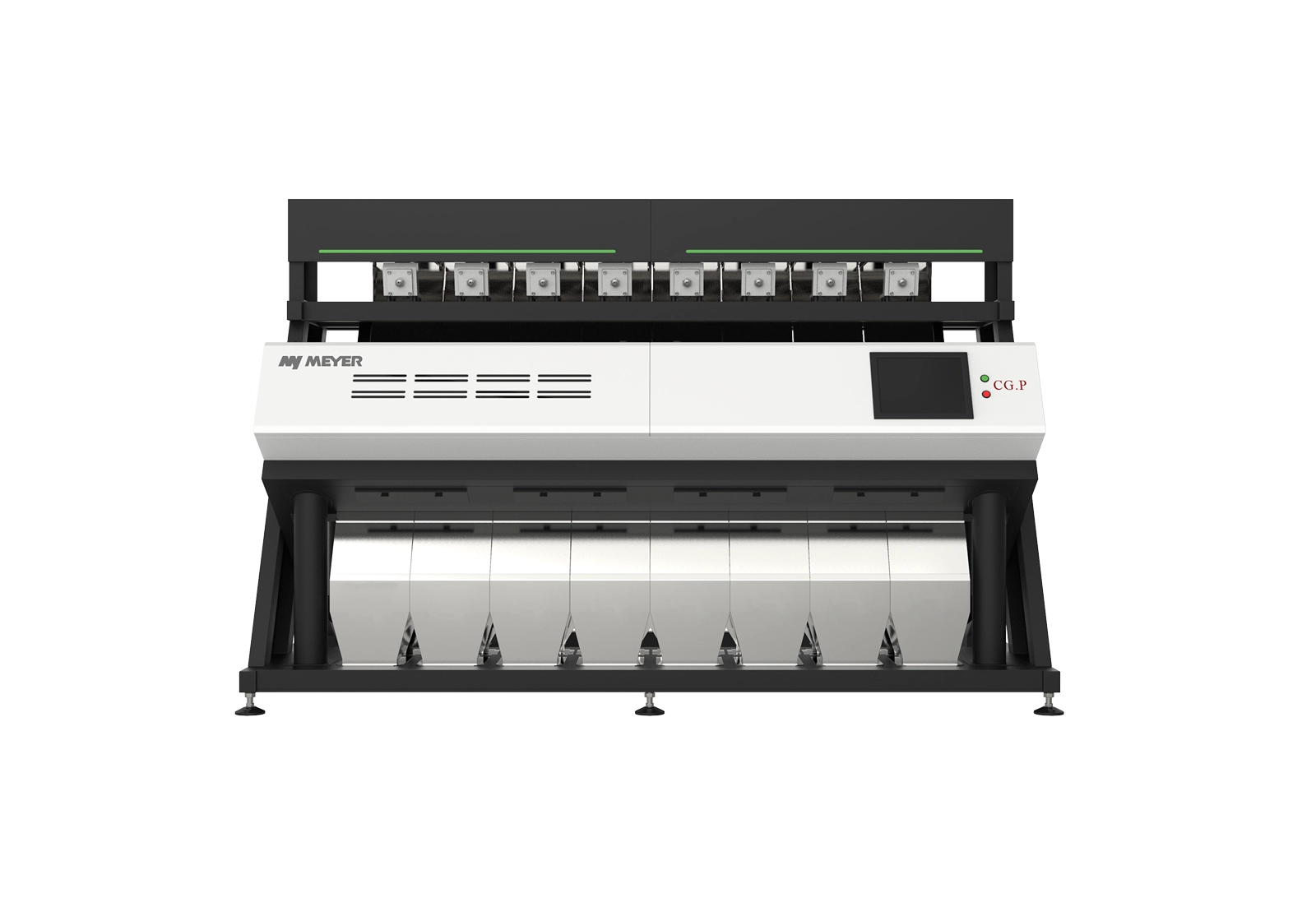Plastic sorting
Enhancing Plastic sorting efficiency with Meyer advanced sorting technology
Improve Plastic sorting quality and increase throughput
Plastic optical sorting process
MEYER is a leading manufacturer of optical and color sorters for the recycling industry. We care about the environment and increase the recovery of recyclable materials from waste, therefore we introduce various technological solutions to the recycling market. We offer devices for the optical separation of bottles, granules, regrinds of plastics, both in terms of color and polymer (including PET, PVC, HDPE, PP, PC, etc.). MEYER solutions allow customers to accurately separate valuable material from impurities, separate colors and polymers. We pay particular attention to the precision and speed of the process in order to achieve the maximum value from products. The solutions we offer are the highest quality color and polymer optical sorters designed by engineers and researchers from the high technology industry. The optical sorting system for plastics consists of selecting the right device and designing the entire sorting system. At MEYER, specialists and engineers with many years of experience and understanding of the optical sorting and recycling industries do this.
See sorting samples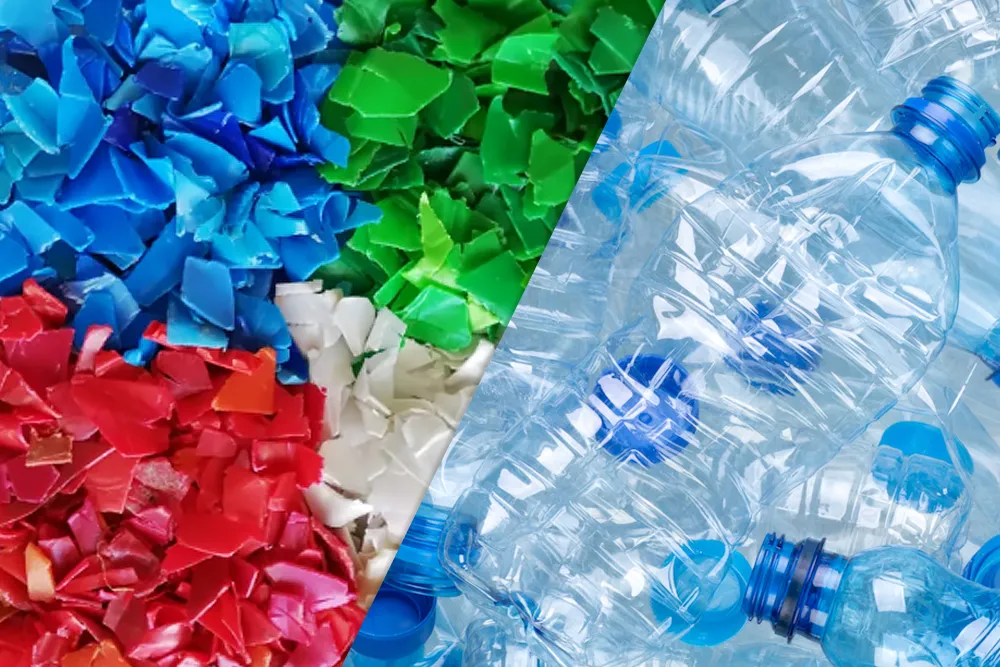
Best sorting machines for Plastic sorting
Benefits of using Plastic sorting machines
Increased purity and quality
Optical sorters can detect and remove discolored materials, foreign materials, and defects such as stones, sticks, or damaged grains. This results in higher purity and quality of the final Plastic product, meeting consumer and market standards.
Better Efficiency and Throughput
Optical sorting technology allows for the processing of large volumes of Plastic quickly and accurately, significantly improving throughput compared to manual sorting methods.
Reduced Labor Costs
Automated sorting reduces the need for manual labor, leading to cost savings and reduced human error in the sorting process.
Improved Product Value
Higher quality and purity of sorted Plastic can lead to better market prices and customer satisfaction.
Versatility and Flexibility
Optical sorters can be used for different varieties of Plastic and can be adjusted for different sorting needs, making them versatile tools in Plastic processing.
Reduced Waste
Efficient sorting helps reduce waste by ensuring that only genuinely defective materials are removed, while maximizing the amount of good product.
Data Collection and Analysis
Modern optical sorting systems can collect valuable data about the waste stream, such as composition and contamination levels, aiding in process optimization and regulatory compliance.
Decreased Environmental Impact
By increasing the amount and quality of recycled materials, optical sorters contribute to reduced reliance on virgin resources, lower greenhouse gas emissions, and a smaller environmental footprint for waste management operations.
Enhanced Product Safety
By removing contaminated grains or foreign objects, optical sorters help prevent potential health hazards, contributing to safer products.
Our clients’ stories
Frequently Asked Questions
What types of contaminants can be found in plastic?
Plastic can contain various types of contaminants, including organic residues (e.g., food), metals, paper, other types of plastic, paints, oils, and chemical impurities. These contaminants can negatively impact the quality of recycling and require precise sorting.
What types of plastic can be sorted using optical sorters?
Optical sorters can separate different types of plastic, such as PET, HDPE, LDPE, PP, PS, PVC, and ABS. These machines can also distinguish plastic based on color, transparency, and chemical composition, enabling efficient separation of valuable fractions.
Can plastic sorting be tested before purchasing a machine?
Yes, MEYER offers the possibility to test plastic samples before purchasing a machine. This allows for an evaluation of the sorting efficiency for specific materials and helps adjust the machine’s parameters to the individual needs of a recycling facility. If you are interested in such a material test, visit the Test Center section.
